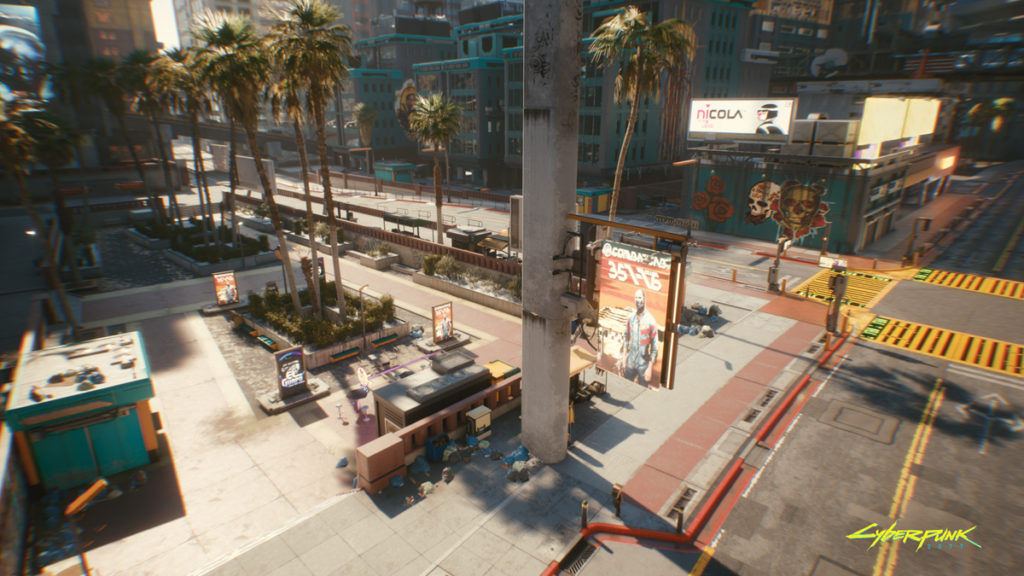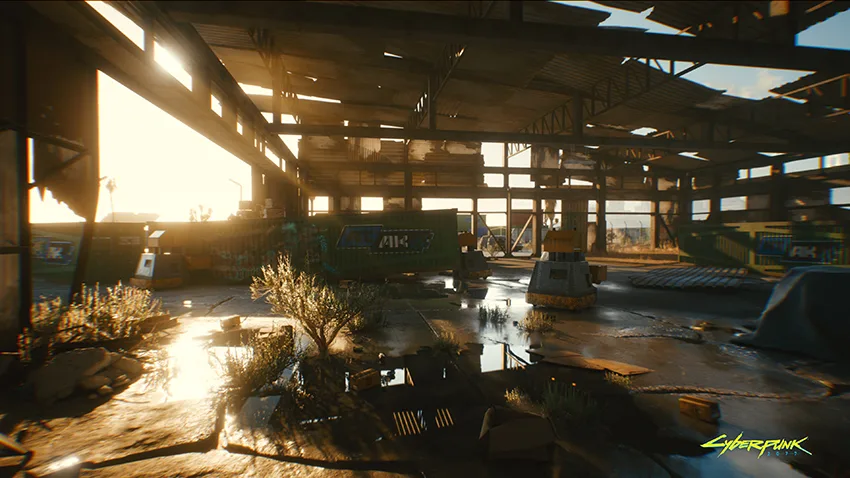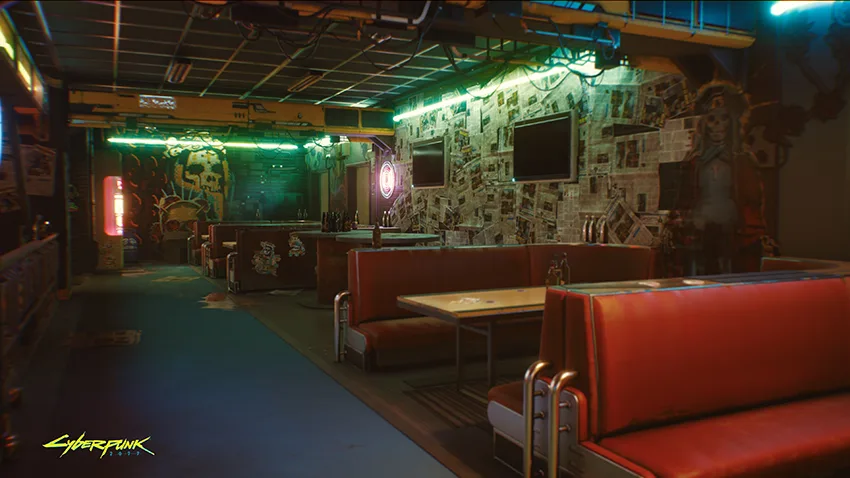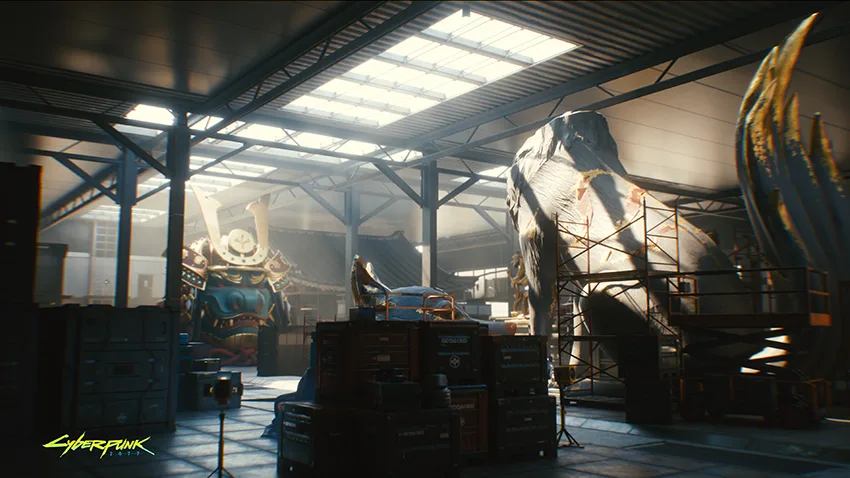
Those of you who watched CD PROJEKT RED’s new Cyberpunk 2077 trailer today may be wondering how the open-world RPG manages to look so damn good. Well, much of that is attributed to the beauty of ray tracing. As NVIDIA explains in its latest blog post, Cyberpunk 2077 happens to flaunt four separate types of ray-traced effects: ray-traced diffuse illumination, ray-traced reflections, ray-traced ambient occlusion, and ray-traced shadows. All of these culminate into a lifelike picture that boasts eerily realistic lighting. Here’s how NVIDIA has described them:
Ray-Traced Diffuse Illumination – This captures sky radiance as well as emissive lighting from various surfaces, which is difficult to achieve with traditional rendering techniques. When enabled, billboards and other illuminated surfaces and objects will brighten their surroundings with naturally colored lighting, and the sun and moon will realistically illuminate Night City.

Ray-Traced Reflections – In Cyberpunk 2077, ray-traced reflections are used on all surfaces and can trace ranges for up to several kilometers, enabling realistic reflections across vast view distances. They are present on both opaque and transparent objects and surfaces to simulate the way light reflects from glossy and metal surfaces by tracing a single bounce of reflection rays against the scene.
Unlike screen space techniques that only reflect what’s on screen, ray-traced reflections incorporate the entire scene around the character and can accurately represent objects outside the camera view or facing away from the camera. In addition, ray-traced reflections have vastly improved fidelity, and don’t suffer from other immersion-harming image quality artifacts and issues seen when using screen space techniques.

Ray-Traced Ambient Occlusion – Ambient occlusion is a shading and rendering technique used to calculate how exposed each point in a scene is to ambient lighting, which results in the rendering of new AO shadows that ground objects and naturally darken surfaces, objects, and other game elements. In Cyberpunk 2077, ray-traced ambient occlusion can be used with local lights to approximate local shadowing effects where shadows are missing, greatly improving the quality of the ambient occlusion effect.

Ray-Traced Shadows – Ray tracing enables developers to bring pixel-perfect shadows to games, free from the compromises and limitations of shadow maps. In Cyberpunk 2077, directional shadows from sun and moon light are added to the game, based on the strength of light, scattering of light through clouds, and other factors.

NVIDIA has also confirmed that it is bringing DLSS 2.0 support to Cyberpunk 2077. This is excellent news, as the graphical demands of the game seem poised to bring even the flagship GeForce RTX 2080 Ti to its knees.
That said, green team has been rumored to introduce its fabled, Ampere-based RTX 3090 Ti/SUPER around Cyberpunk 2077’s September release time frame. A great incentive to upgrade, perhaps…
